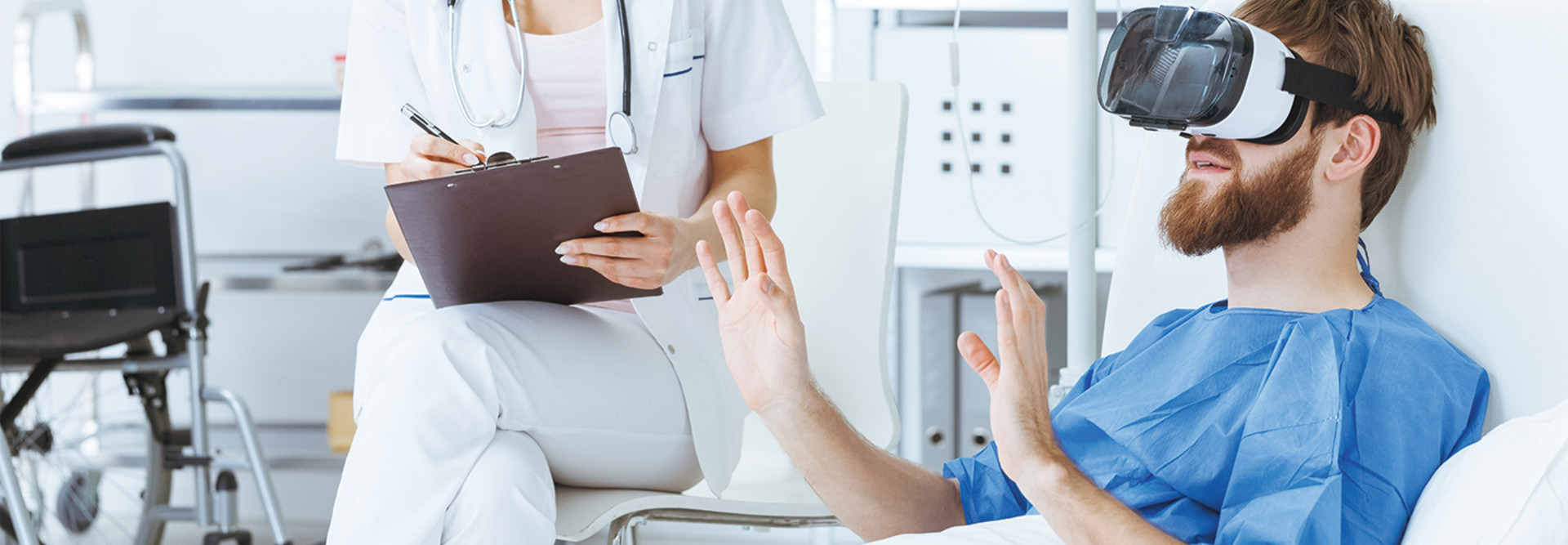Clinical Uses of XR Technology
VR is now used for more than just gaming and entertainment. Wider accessibility combined with advancements in display technology have resulted in the development of what the U.S. Food and Drug Administration refers to as medical extended reality (MXR) devices. This interactive technology is being used successfully in hospitals and clinical settings in a number of exciting applications, according to Spiegel.
As it focused on digital health, Cedars-Sinai started incorporating VR in everyday patient care through its virtual medicine program — a virtual reality consultation service that uses the power of MXR technology to improve the lives of patients. As Spiegel explained, “Being in a hospital room is not really a place of rest and healing. XR allows patients the opportunity to ‘escape’ the four walls of a hospital.”
“VR is a tool that modifies our perception of the world around us and, in the world within us, helps to change our perception of how our own bodies work,” he added.
For example, research has shown that patients can significantly reduce chronic lower back pain through the use of RelieVRx (formerly EaseVRx), a cognitive behavioral therapy-based VR program designed to help patients build new skills to manage their pain. This technology was recently approved by the FDA, the first time the agency has authorized the marketing of a VR system for chronic pain reduction.
EXPLORE: Learn about the 2022 outlook for virtual care.
Cedars-Sinai has also implemented another application that uses VR technology through its IBS/VR program, an entirely virtual clinic that enables patients with irritable bowel syndrome to practice a variety of skills and psychotherapeutic techniques to control their symptoms from the comfort of their own home.
“When used to recalibrate unhealthy perceptions, VR has the potential to become a radical new therapy to improve the quality of life across a wide range of conditions,” said Spiegel.
XR offers many advantages for medical applications ranging from treatments for depression, smoking cessation and high blood pressure to schizophrenia. And with the mixed reality market expected to grow from just over $6 billion in 2020 to more than $97 billion by 2028, it looks like XR is here to stay.
Keep this page bookmarked for our ongoing virtual coverage of HIMSS22. Follow us on Twitter @HealthTechMag and join the conversation using the hashtag #HIMSS22.











